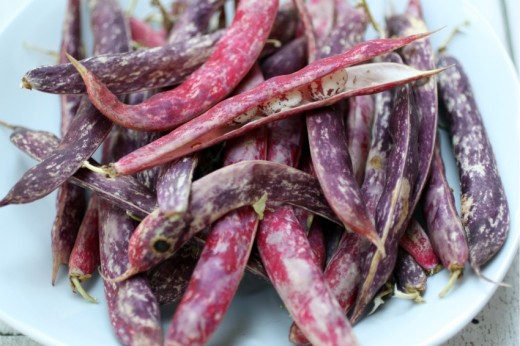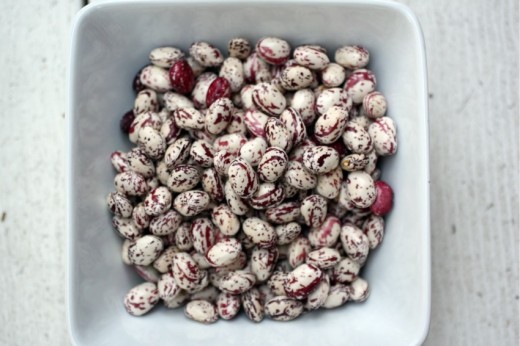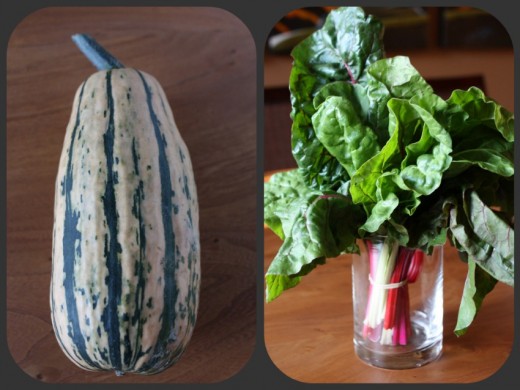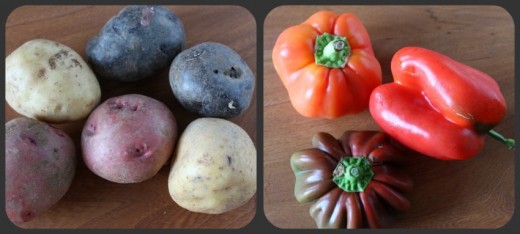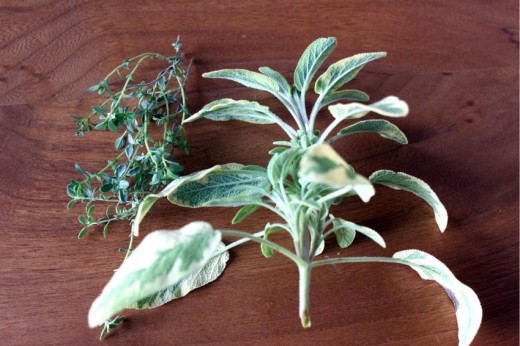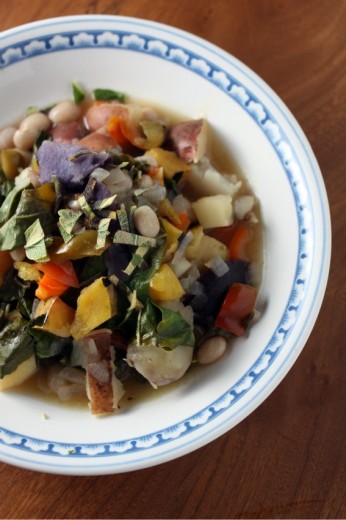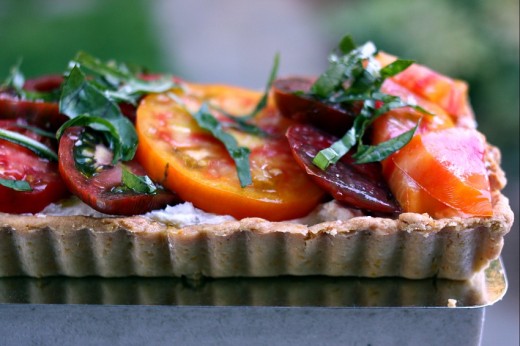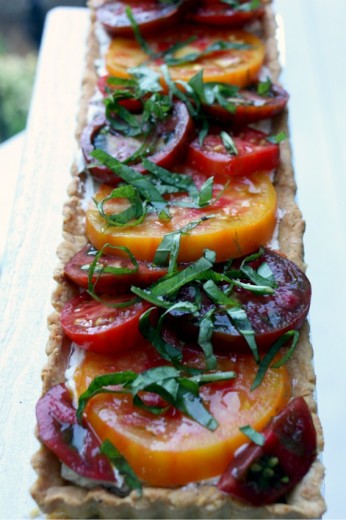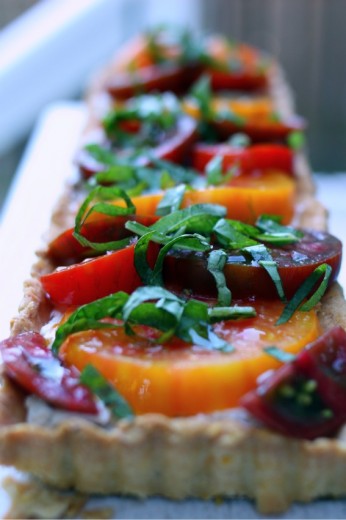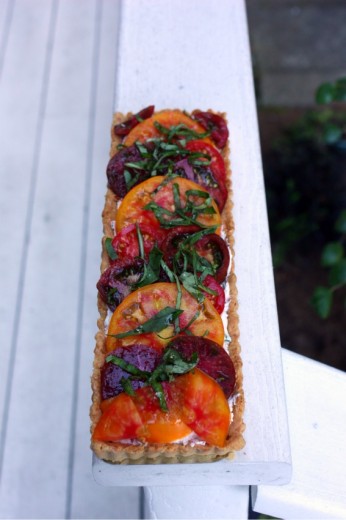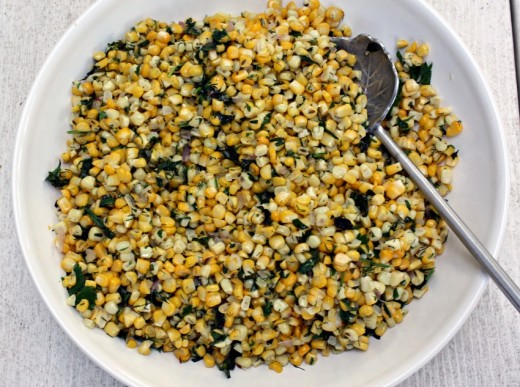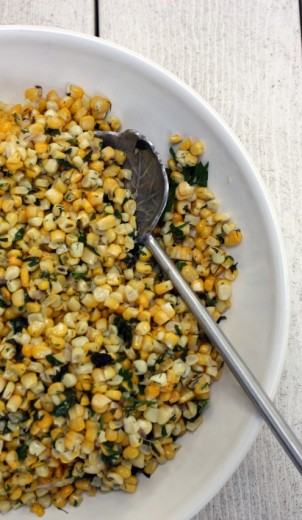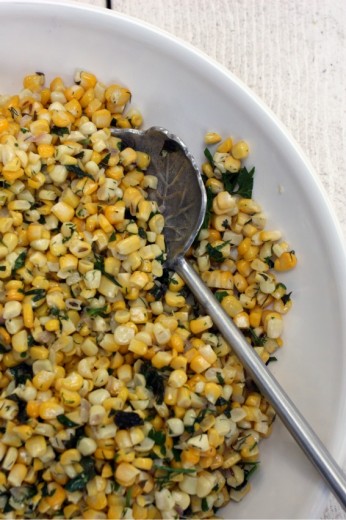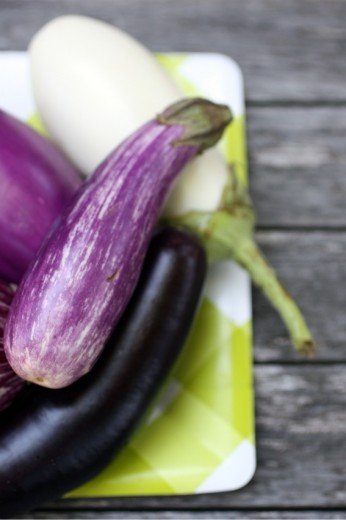
Occasionally, someone will still introduce me as a personal chef. It surprises me because I hung that hat up years ago. It was my job for three years and was a big reason I started this blog, but it really has been two years since I regularly cooked for anyone other than my family. I loved that job. The only reason I stopped doing it is that I found it too solitary. I cooked alone in my kitchen, drove alone in my car, and let myself into empty houses. After three years, I was ready to have more direct contact with people. Adult people. I started doing more catering and now I teach regular classes.
One of the things I do miss about the personal chef gig is the incredible creativity that the job required. Or, I should say, that I decided it required. None of my clients ever told me that I had to make something different for every meal, but I thought I should give them tremendous variety. This necessitated me using my many cookbooks well. Within my own insular cooking world, I tend to reach for the same books over and over, or make up recipes based on restaurant dishes I have enjoyed, or just let the gorgeous produce at the farmers’ market guide me. But when I was cooking for several families three times a week, I couldn’t be that willy nilly – I had to be very organized. I sat down each Friday with a big stack of books and decided on the week’s menu. Saturday I would shop. Sunday I would prep. And Monday I would start to cook in earnest.
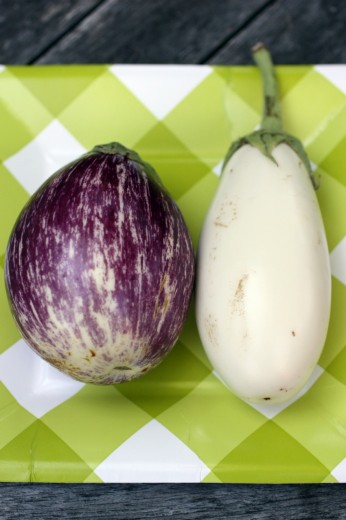
I don’t miss the pressure of those days but I do miss the forced creativity. I miss my books. Most weeks I am either catering an event or teaching at least one class and I find myself turning to easy old favorites to fill in. Coming back from our week in Sun Valley, and with a relatively quiet week before the insanity of September begins, I indulged in my books.
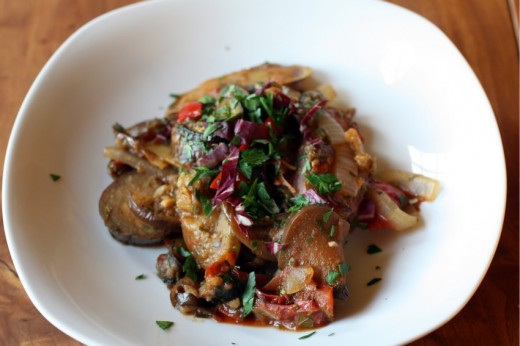
First up was this delicious (if a bit ugly) stew from what is probably my real true favorite cookbook – Vegetarian Suppers from Deborah Madison’s Kitchen. (If you don’t own any of her books, I would buy Vegetarian Cooking for Everyone first, then buy this one.) This is a relatively slim volume but I’ve made about half the recipes and they are all winners times ten. It is my only cookbook where most of the pages have separated from the binding. Her recipes are tested to perfection, written clearly, appropriately portioned, and, well, just plain tasty. Everything.
Eggplant and I are not BFF’s. It wants to be my friend because I have been a vegetarian for 25 years and vegetarians are supposed to love eggplant. I have never been one to rock the boat too much but I have not been able to fully embrace eggplant as the meat substitute of the vegetarian diet that people claim it to be. Let’s face it. Much of the year, eggplants are giant, bruised, and bitter. In late August/early September, they are small, perky, firm, and sweet. It is then that I start to understand why some people love them.
Like many that highlight the glories of late summer, this recipe is really a guideline. I found everything at the farmers’ market because my pantry/refrigerator/fruit basket was empty after a week away. You probably have some late summer produce on hand and you should use what you have to make this delicious. I changed the recipe by slicing things differently, adding more herbs and a dose of white wine. This is a great dish for a warm night because it is delicious served at room temperature. I intended to make a quinoa studded with fresh corn kernels and scallions to serve alongside but decided at the last minute to keep it simple. I wish I had made the quinoa – this dish needs a grain of some kind.
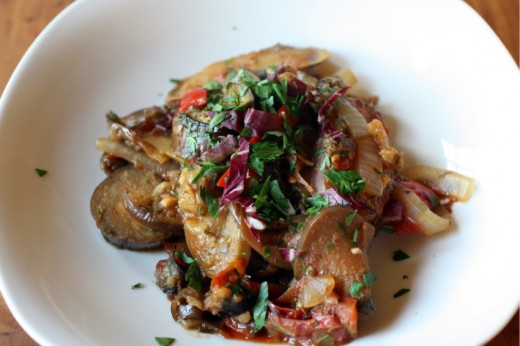
Summer Potatoes Stewed with Eggplant, Peppers, and Olives
Adapted from Vegetarian Suppers from Deborah Madison’s Kitchen
Serves 3-4
I used oil-cured black olives in this dish and they were sublime. They are my favorite olive to cook with – you can find them in the olive bar of your grocery store. They tend to have wrinkled skin and are jet black. Kalamata can be used instead. I usually reserve my non-stick frying pan for eggs, but it’s a terrific tool to cook eggplant. You can get it nice and brown with a minimum of oil.
This is a great place for “second” tomatoes – your tomato farmers’ cheaper, slightly ugly, but still delicious offerings. Finally, Madison gives instructions for salting the eggplant, allowing it to stand, then continuing with the recipe. If you use super fresh eggplant, you don’t need to do this.
About 2 tbsp. olive oil
1½ pounds super fresh eggplant, cut into thin rounds
Kosher salt and freshly ground black pepper
1 onion, halved and thinly sliced
1½ pounds fingerling potatoes, scrubbed and sliced lengthwise
2 large bell peppers, cut into ½-inch strips
2 pounds fresh tomatoes, seeded and diced
1 large garlic clove chopped with a handful of parsley leaves
2 tbsp. chopped oregano
1/3 cup oil-cured black olives, pitted and halved
¼ cup (or more) dry white wine
Place a non-stick pan over medium heat. Add about a tablespoon of olive oil, then add the eggplant along with a large pinch of salt and a couple grinds of pepper. Cook, shaking the pan occasionally, until the eggplant starts to turn golden brown. It doesn’t need to cook through, just take on some color.
While the eggplant is browning, heat another tablespoon of oil in a Dutch oven. Add the onion, potatoes, and peppers along with a large pinch of salt. Cook over medium-high heat, stirring occasionally, until browned here and there, 6 to 8 minutes. Lower the heat, season with another pinch of salt and a few grinds of pepper. Stir in the tomatoes, garlic/parsley mixture, and the oregano. Pour in the wine and stir to combine.
Add the eggplant and olives and gently mix everything together. Cover, reduce the heat to low, and cook slowly until the potatoes are tender, about 20 minutes, or longer if time allows to concentrate flavor. Add more wine if things are sticky or the stew seems to dry. Serve garnished with additional parsley.
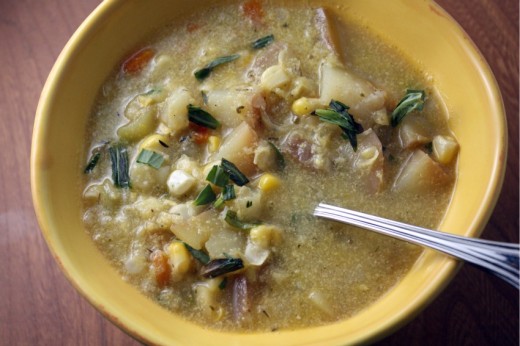
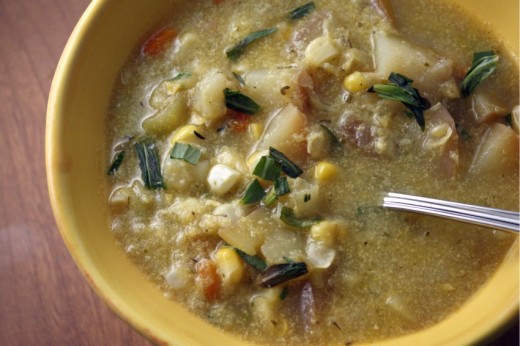

 Share
Share
